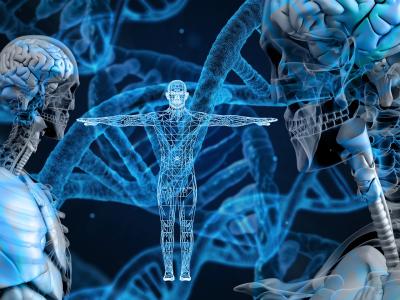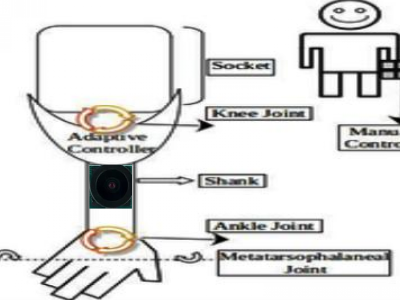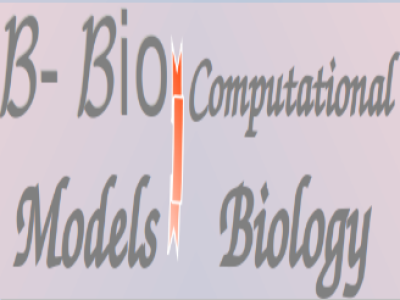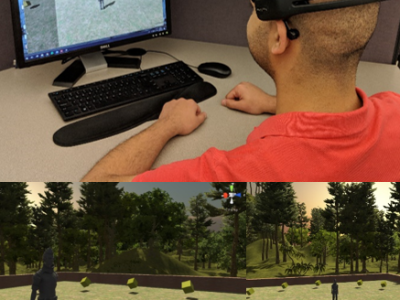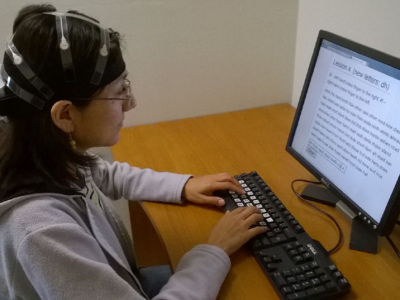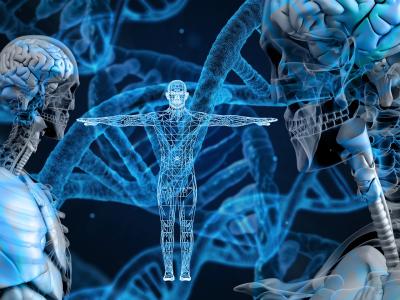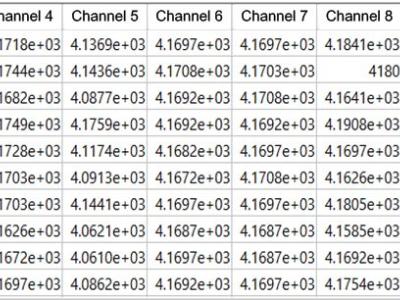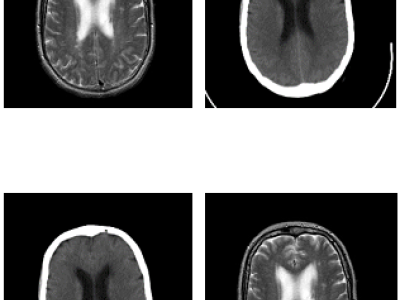
The Magnetic Resonance – Computed Tomography (MR-CT) Jordan University Hospital (JUH) dataset has been collected after receiving Institutional Review Board (IRB) approval of the hospital and consent forms have been obtained from all patients. All procedures followed are consistent with the ethics of handling patients’ data.
- Categories:
